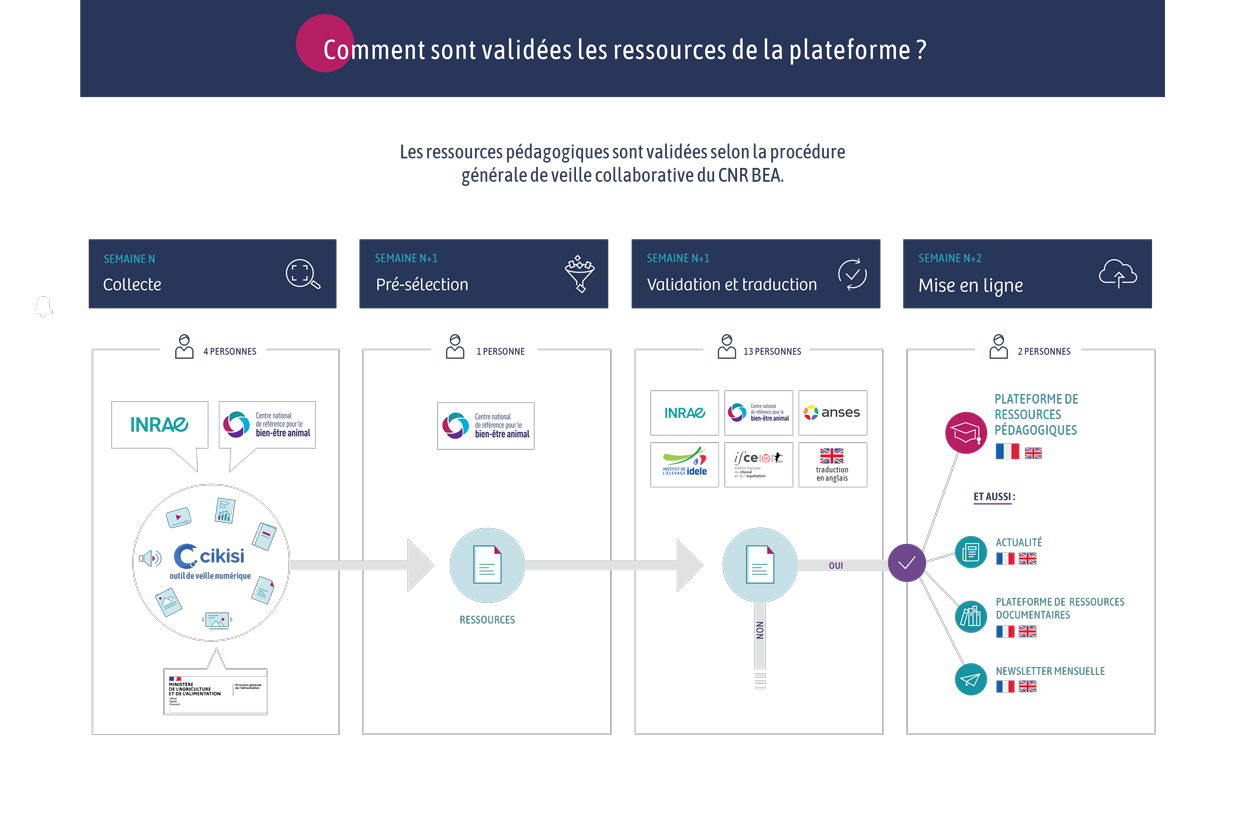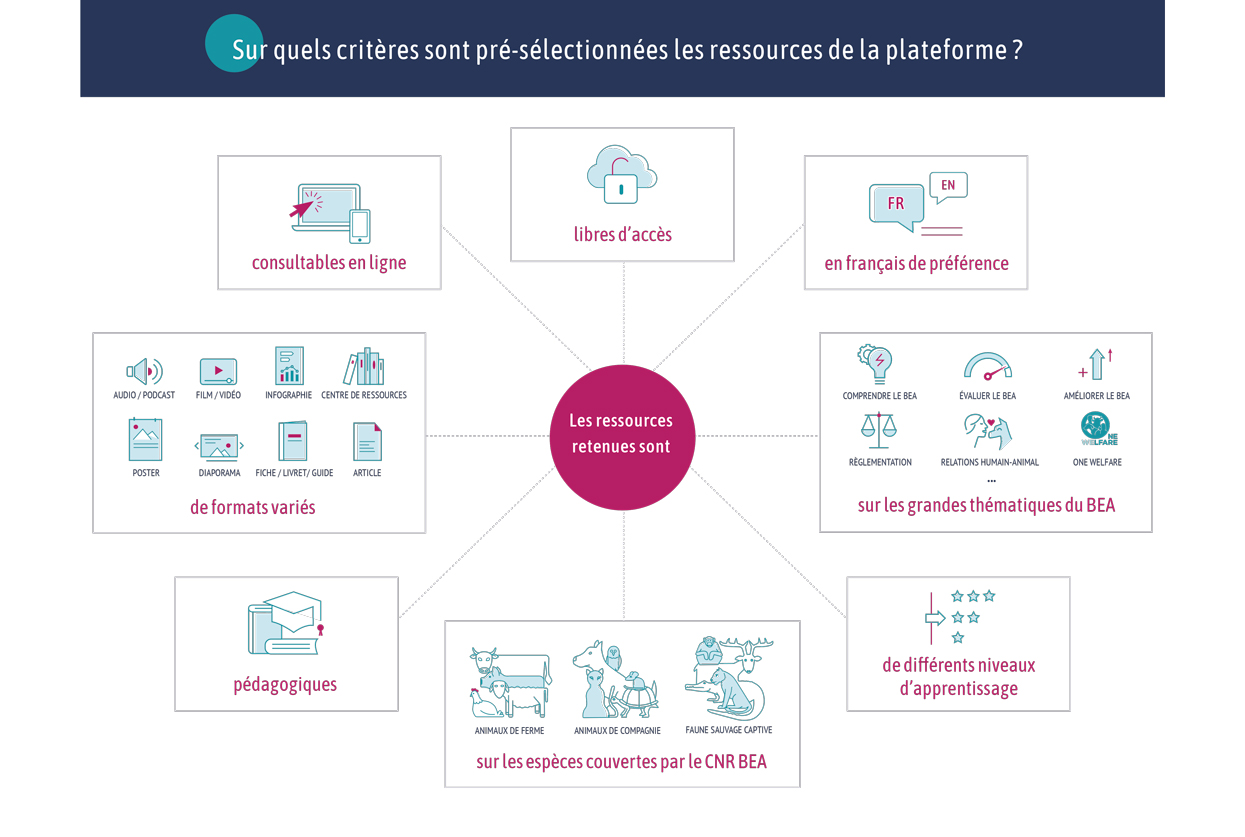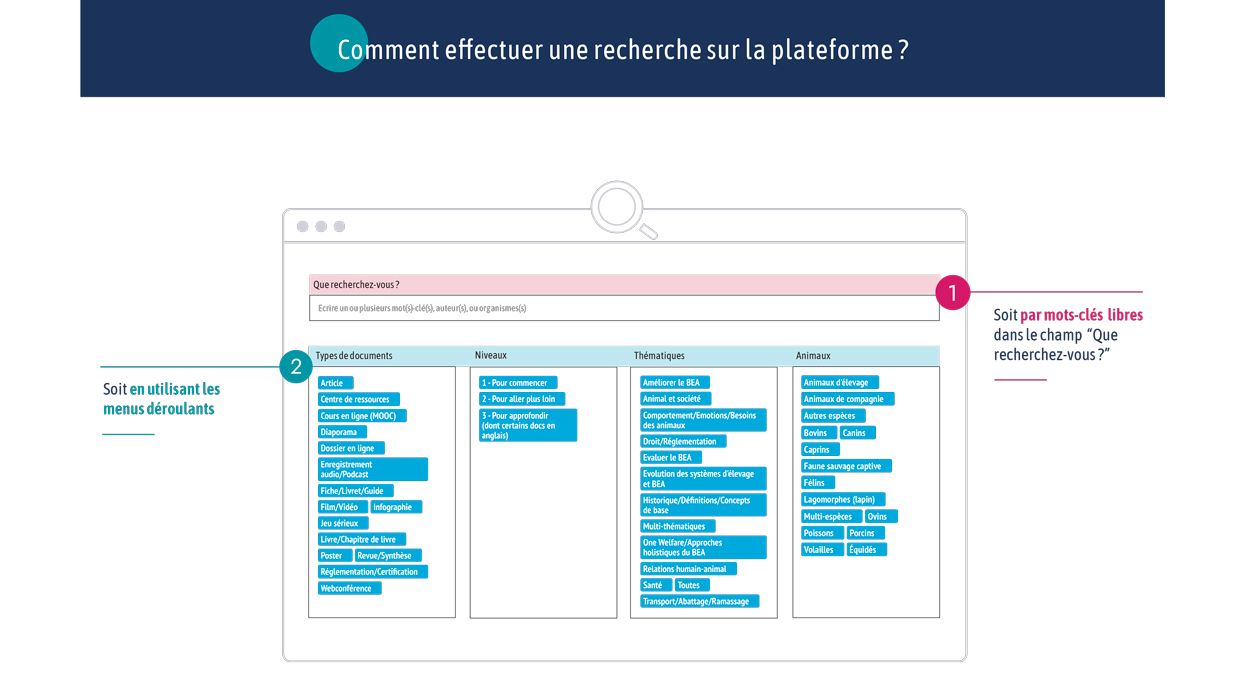Type de document : article publié dans Poultry World
Auteur : Ruud Peys
Extrait en français (traduction) : Les producteurs de volaille français obtiennent de bons résultats en matière de bien-être animal et d’environnement.
La filière avicole française est en passe d’atteindre ses objectifs en matière de bien-être animal et d’environnement. Ce qui est encore plus encourageant, c’est que la grande majorité des consommateurs semblent être conscients de ces efforts et les apprécient. La question de savoir si les consommateurs sont prêts à payer le poulet ou la dinde, par conséquent plus chers, reste une question tout à fait distincte.
Attentes en matière de bien-être et d’environnement
En 2020, l’organisation de la filière avicole, Anvol, a publié son Plan Ambition 2025 avec 6 objectifs visant à « répondre aux attentes du grand public en matière de bien-être et d’environnement ». Cette initiative a été en partie motivée par les supermarchés qui exigent sans cesse des normes plus élevées pour le poulet et la dinde. Anvol a procédé à une évaluation et constate un résultat positif.
– Plus des trois quarts de la population française indiquent qu’ils savent que le secteur travaille activement à « l’amélioration continue des pratiques dans l’industrie de la volaille ».
– Plus de 80 % savent également que la France se concentre principalement sur le poulet de qualité, tandis qu’un pourcentage similaire déclare que l’industrie avicole est vitale pour la préservation du paysage.
Lumière naturelle
En ce qui concerne les objectifs spécifiques, d’ici 2025, 50 % des animaux devaient avoir accès à la lumière naturelle, ce qui est actuellement le cas pour 74 % d’entre eux. Pour les poulets de qualité française sous Label Rouge et pour les poulets biologiques, ce chiffre est de 100 % car il est inclus dans les exigences. Entre-temps, de plus en plus de volailles conventionnelles bénéficient de la lumière naturelle. Selon M. Heijmans, « de nombreux producteurs de volailles ont installé des fenêtres dans les poulaillers ou construit un espace extérieur couvert pour les oiseaux ».
Antibiotiques et aliments pour animaux
Un autre objectif était de réduire l’utilisation des antibiotiques de 60 % sur une période de 15 ans à partir de 2010. Aujourd’hui, la réduction atteint déjà 72 %, avec une diminution de 12 % pour la seule année 2021. En outre, le secteur a orienté ses efforts en matière d’aliments pour animaux vers l’objectif « zéro déforestation », une exigence qui est désormais respectée pour 95 % des aliments. L’industrie française de l’alimentation animale a réussi à augmenter la part des matières premières d’origine nationale à 80 %, le reste provenant de sources durables ailleurs dans le monde.
Suffisamment de poulet ?
Il reste un défi à relever : la livraison d’une quantité suffisante de poulets issus de l’élevage conventionnel dans les points de vente au détail. Le secteur français fournit de nombreux poulets sous Label Rouge, Bio ou d’autres labels de qualité, mais ceux-ci s’avèrent trop chers pour de nombreux consommateurs. Anvol fait remarquer : « Un poulet de qualité Label Rouge n’est pas plus cher au kilo qu’un poulet conventionnel prétranché ». Convaincre les consommateurs reste toutefois une tâche difficile.
Extrait en anglais (original) : The French poultry industry is on track to achieve its animal welfare and environmental targets. What is even more encouraging is that the vast majority of consumers appear to be aware of these efforts and appreciates them. Whether consumers are prepared to pay for the consequently more expensive chicken or turkey remains an entirely separate issue.
Expectations regarding welfare and the environment
In 2020, the organisation for the poultry industry, Anvol, published its Plan Ambition 2025 with 6 targets designed to “meet the expectations of the general public regarding welfare and the environment”. This initiative was partly prompted by supermarkets that continuously demand higher standards for chicken and turkey. Anvol has now done an evaluation and sees a positive outcome.
– More than three-quarters of the French population indicates that they are aware that the sector is actively working on “continuous improvement of practices in the poultry industry”.
– More than 80% also know that France is focusing primarily on quality chicken, while a similar percentage states that the poultry industry is vital for the preservation of the countryside.
Natural light
With regard to specific targets, by 2025, 50% of the animals were required to have access to natural light, while this is currently the case for 74%. For French quality chickens under the Label Rouge scheme and for organic chicken, the figure stands at 100% as this is included in the requirements. In the meantime, ever more conventional poultry benefits from natural light. Heijmans said, “Many poultry producers have installed windows in the houses or constructed a covered outdoor area for the birds.”
Antibiotics and feed
Another target was to reduce the use of antibiotics by 60% over a 15-year period starting from 2010. Today, the reduction already stands at 72%, with a 12% decrease achieved in 2021 alone. Furthermore, the sector has directed efforts with regard to the feed used towards achieving zero deforestation, a requirement that is now met for 95% of the feed. The French feed industry has managed to increase the share of raw materials sourced domestically to 80%, while the remainder is obtained from sustainable sources elsewhere in the world.
Enough chicken?
One challenge remains: the delivery of sufficient conventionally grown chicken to retail outlets. The French sector supplies many chickens under the Label Rouge, Organic, or other quality labels, yet these are proving too expensive for many consumers. Anvol notes: “A quality chicken Label Rouge is, per kilo, essentially not more expensive than conventional chicken that has been pre-sliced.” Convincing consumers of this, however, remains a difficult task.






